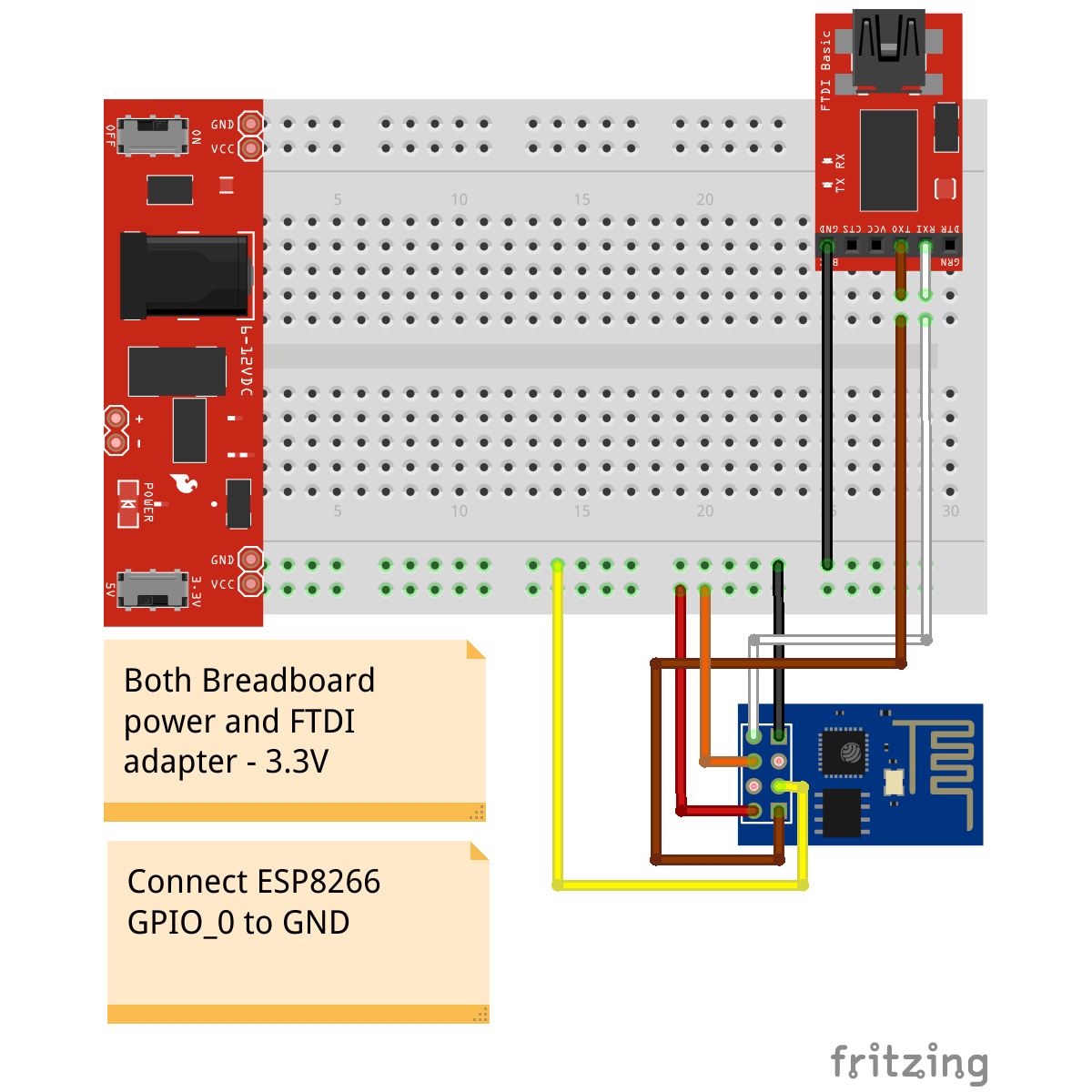

- #HIRING ESP8266 FIRMWARE PROGRAMMING INSTALL#
- #HIRING ESP8266 FIRMWARE PROGRAMMING SERIAL#
- #HIRING ESP8266 FIRMWARE PROGRAMMING PC#
- #HIRING ESP8266 FIRMWARE PROGRAMMING DOWNLOAD#
The GPIO2 pin was switching periodically from 3.3V to 0V, blinking the attached LED on my dev board! So I kept the Program pressed button on my board, then i pushed Reset button and, finally, tried to upload the program again Warning: espcomm_send_command: cant receive slip payload data Global variables use 31,508 bytes (38%) of dynamic memory, leaving 50,412 bytes for local variables. Sketch uses 222,133 bytes (51%) of program storage space. I compiled the code, clicked on (and released too early) the Upload button and… } // the loop function runs over and over again foreverĭigitalWrite(2, HIGH) // turn the LED on (HIGH is the voltage level)ĭigitalWrite(2, LOW) // turn the LED off by making the voltage LOW initialize digital esp8266 gpio 2 as an output. However, I changed the LED pin from 13 to 2 from 13, since ESP8266-01 has only two GPIO pins: GPIO0 and GPIO2. The first program I uploaded was the classic Blink sketch available from the Arduino examples.
#HIRING ESP8266 FIRMWARE PROGRAMMING DOWNLOAD#
A working version of the firmware is ai-thinker-v1.1.1 ( download here - md5sum: 26fce93d7fa31fba177da9a4ae171657) Moreover, the most recent version of the Espressif firmware cannot run on the ESP-01.
#HIRING ESP8266 FIRMWARE PROGRAMMING INSTALL#
Manually assembling a bootable firmware image can be a bit of a pain, but the tool is useful to install official, ready-made AiThinker images. The latest stable esptool.py release can be installed from pypi via pip or pip3 withĮsptool.py -p /dev/ttyUSB0 -b 115000 write_flash 0x000000 ai-thinker-v1.1.1.bin It is a Python-based, open source, platform independent, utility to communicate with the ROM bootloader in Espressif ESP8266 ∧ ESP32 chips that was started as an unofficial community project but now is also supported by Espressif. Have a look at a list of the AT Commands supported by ESP8266 for more information on the commands shown above.Įsptool.py is a tool that can be used to install/upgrade firmware onto ESP-XX modules.

#HIRING ESP8266 FIRMWARE PROGRAMMING SERIAL#
So, ESP8266 boots up into the serial modem mode, and you can communicate with it using a set of AT commands (historically AT commands are based on the Hayes Command Set). But there should be a ”ready“ message at the selected baud rate if your UART Rx is wired correctly. Note the noise when you reset the device: some typical bootup messages are sent at 76800.

And you are now ready to start working with the ESP8266.Įts Jan 8 2013,rst cause:2, boot mode:(3,7) If your serial transmission rate is correct, try typing “AT”: it should echo the characters as you type them and should return an “OK”. Picocom -b 115200 /dev/ttyUSB0 -omap crcrlfĪnd you are ready to send your first commands! However, picocom can be easily configured to send a linefeed after each carriage return. Hence, you need press followed by Ctrl-J to send a command. Please note that most recent ESP firmwares require Carriage-Return-and-New-Line (\n\r - ASCII 10 13) line endings. The ones to try first are 9600 (it depends on the version of the firmware running onboard). First, your board might talk at any of several baud rates. For that, a terminal emulator like picocom or the standard screen command will do the job. At this point, I wanted to start talking to the ESP.
#HIRING ESP8266 FIRMWARE PROGRAMMING PC#
I connected the module to my PC through the FTDI cable.


 0 kommentar(er)
0 kommentar(er)
